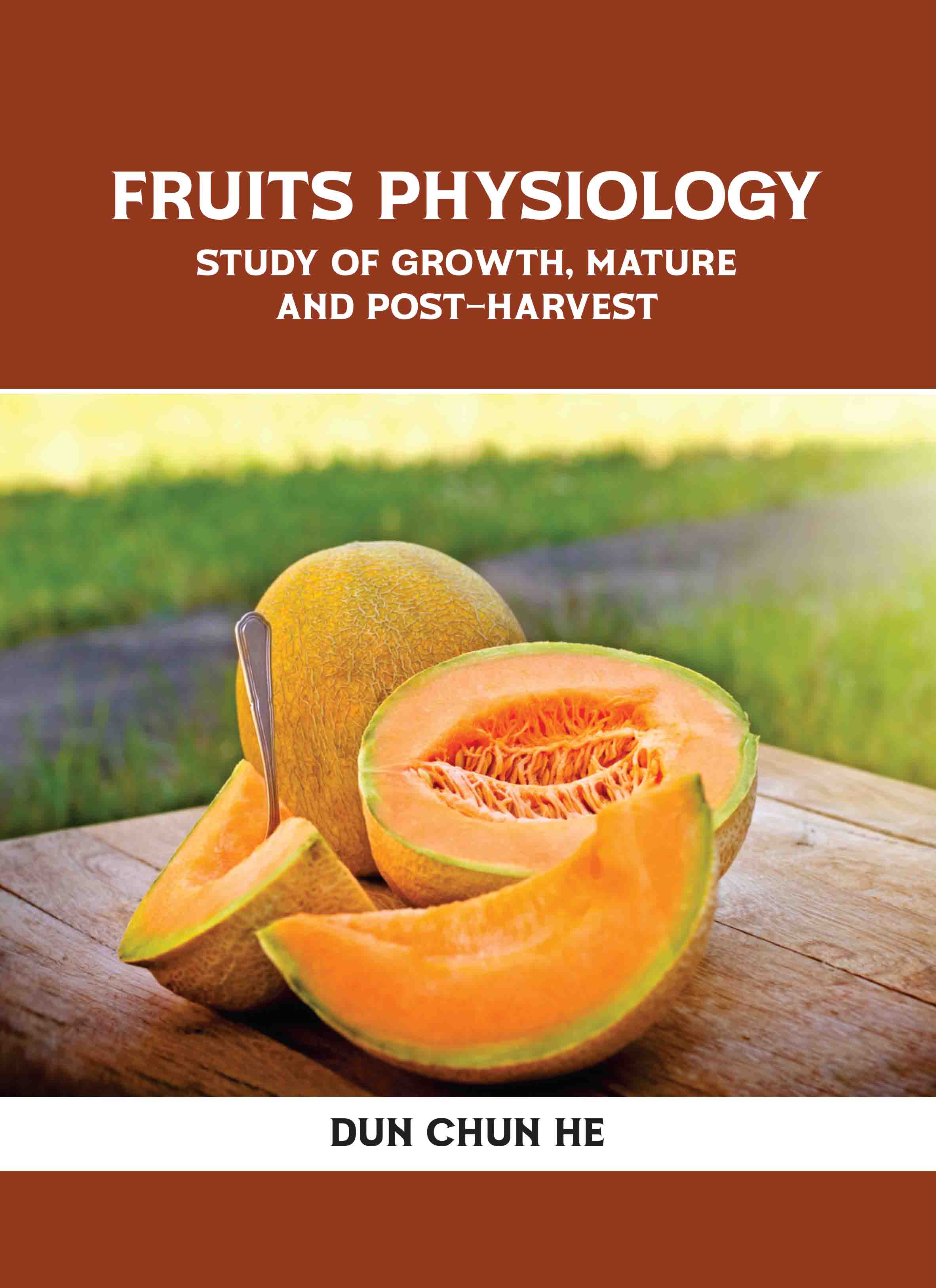
Fruits Physiology: Study of Growth, Mature and Post-Harvest
by Dun Chun He
| ISBN | 9781835350928 |
|---|---|
| Publisher | EDTECH PRESS |
| Copyright Year | 2025 |
| Price | £150.00 |

by Dun Chun He
| ISBN | 9781835350928 |
|---|---|
| Publisher | EDTECH PRESS |
| Copyright Year | 2025 |
| Price | £150.00 |
Fruit developed as a means of producing and distributing seeds. The development of products for human use was then under greater selection pressure from humans. Over the previous century, this kind of evolution has accelerated. In evolutionary terms, the idea of a fruit as a sweet, fleshy food item is actually relatively recent. Cell wall, carbohydrate, organic acid, lipid, phospholipid, and volatile (aroma) chemical proportions shift significantly as fruit grows, and within each of those groups, the proportion of individual group members also changes. Fruit undergoes a number of stages as it ages, becomes edible, and finally senesces. While the fruit is still attached to the plant or after harvest, several alterations can occur. Fruits thus make up a considerable portion of the global agricultural output, and some of them, like the apple and the pomegranate, have deep cultural and symbolic significance. Fruits undergo a process called ripening that makes them more delicious. A fruit often gets softer, sweeter, and less green as it ripens. This book provides an invaluable insight to all its readers.